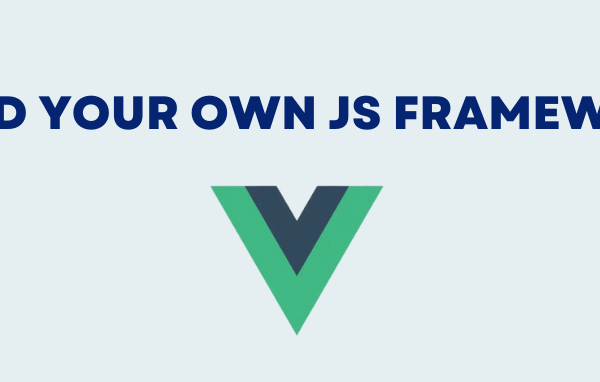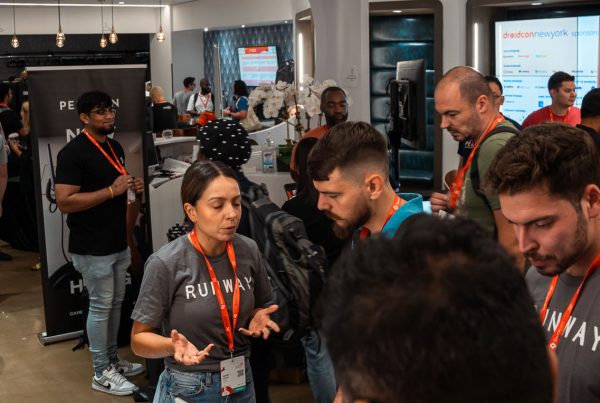As excited as I am to talk about GraphQL, I don’t have many words to say.

Last year, we had a Front end conference in Konstanz, which was so amazing. Thanks to GraphQL Day Bodensee.
The conference promised to focus on adopting GraphQL and to get the most out of it in production. To learn from a lineup of thought leaders and connect with other forward-thinking local developers and technical leaders.
GraphQL is a query language for APIs and a runtime for fulfilling those queries with your existing data. GraphQL provides a complete and understandable description of the data in your API, gives clients the power to ask for exactly what they need and nothing more, makes it easier to evolve APIs over time, and enables powerful developer tools.
https://graphql.org/
Just reading this paragraph made me more interested than ever.
How was the conference?
The conference delivered everything that it promised. Small talks but very informative and helpful. People came from almost every country in Europe and America, they were super friendly. So now lets dive in, so that you all have an idea about this awesome query language.
Just to be clear GraphQL can be used with most of the framework out there.
Steps to use GraphQL?
1. Create a GraphQL service.
First, we define types and fields on those types
type Query {
me: User
}
type User {
id: ID
name: String
}
Then, we create functions for each field on each type
function Query_me(request) {
return request.auth.user;
}
function User_name(user) {
return user.getName();
}
When the GraphQL service is running e.g. on a web service, we can send GraphQL queries to validate and execute. First, the received query is checked to ensure it only refers to the types and fields defined, then runs the provided functions to produce a result.
2. Send the Query
{
me {
name
}
}
3. Get the JSON results
{
"me": {
"name": "Luke Skywalker"
}
}

Pros +++
- Good fit for complex systems and microservices
- Fetching data with a single API call
- No over- and under-fetching problems
- Validation and type checking out-of-the-box
Cons – – –
- Performance issues with complex queries
- Overkill for small applications
- Web caching complexity
- Takes a while to understand
GraphQL vs Rest

Putting it together
GraphQL is an awesome query language, but as you can see from the pros & cons it doesn’t make sense to use it in every situation, in cases of small projects its an overkill, but in bigger ones, it can make the complexity of Backend Frontend much much easy.




